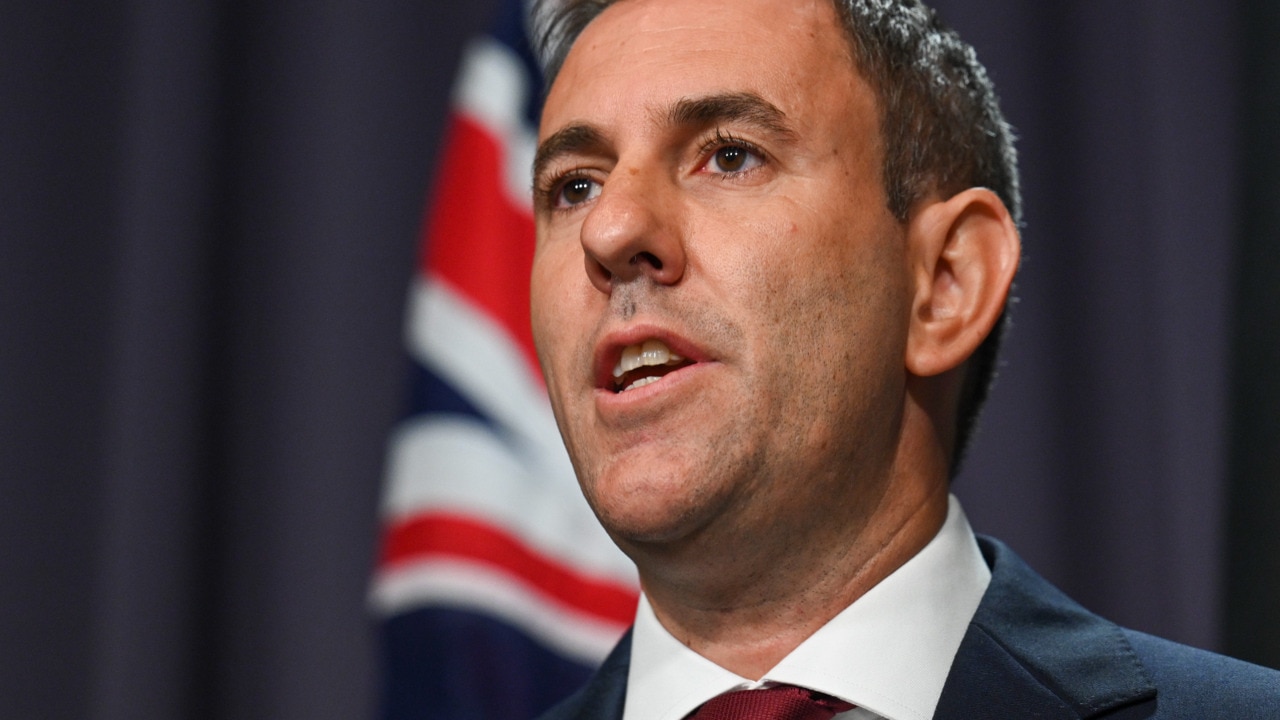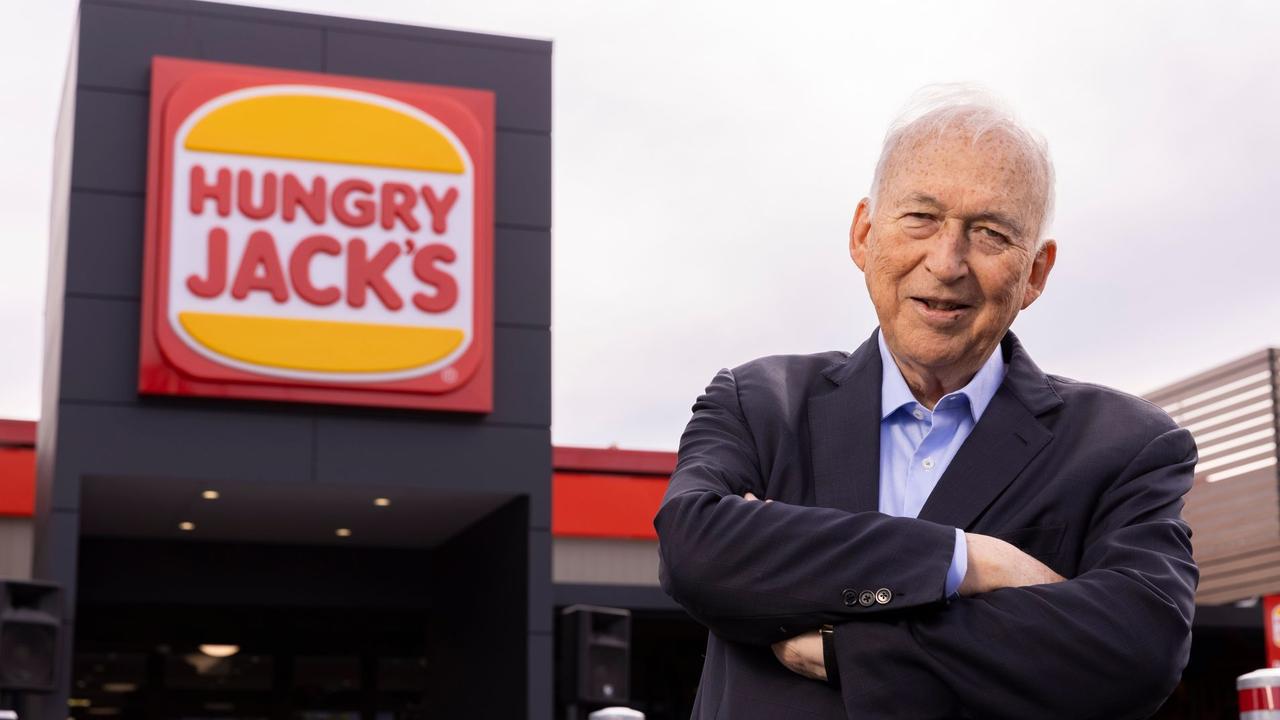Vicinity Centres says consumers are proving to resilient and will spend more when rate cuts occur
Retail operator Vicinity Centres says consumers are more resilient than expected amid cost of living pressures, and looming tax and rate cuts will drive confidence higher.

Australian shoppers have proven to be more resilient than expected in the face of cost of living pressures, according to Vicinity Centres, which saw its first half profit jump by 27 per cent.
The shopping centre operator says consumers continue to show a willingness and capacity to spend despite an aggressive run of rate rises and elevated levels of inflation, forcing many to be more discerning and value-conscious.
While there was resilience, Vicinity noted that consumers were shifting spending to key sale events such as Black Friday and Boxing Day, with October the first month when portfolio sales growth was negative since the recovery from the pandemic Combined November and December retail sales were up 1.3 per cent as a result of Black Friday and Boxing Day.
Vicinity Centres chief executive Peter Huddle said it had the worst sales month since the pandemic in October, and talking to retailers, the start of November was slower than expected.
“But Black Friday and Boxing Day were really strong, and that period had similar traffic volumes to before the pandemic,” he said.
The group expects the government’s redesigned Stage 3 tax cuts, coupled with the prospect of interest rate cuts from the RBA and continued strong migration, to boost consumption in the later stages of 2024.
Mr Huddle told The Australian that the group was surprised by the continued strength of consumers after it had anticipated a difficult period.
“The strength of consumers surprised us,” he said. “Our DFO portfolio and we saw really good patronage over the back of 2023 with consumers looking for great quality brands at value.”

There were lower apparel and footwear, homewares and jewellery sales in the first half of the 2024 fiscal year compounded by significantly elevated living costs Australian households face, while small and medium Enterprise (‘SME’) retailers were up 6.1 per cent as consumers preferenced services, food and dining, and other experiential retail.
Same-store luxury sales were up 0.7 per cent for the period, also rolling off exceptional growth rates in the prior year. Furthermore, brand performance was mixed, with the flagship luxury houses continuing to outperform.
Vicinity operates a number of shopping centres including the Queen Victoria Building and Chatswood Chase in Sydney, QueensPlaza in Brisbane, Chadstone in Melbourne and DFO outlets across the country.
Mr Huddle said that the next two quarters were likely to have benign growth in retail demand, but that was off a strong base. He expected after that there would be a resurgence in activity from households with more money to spend.
“Beyond the next few quarters we see a reduction in interest rates, Stage 3 tax cuts to be positive to consumption, while a tight labour market, increased migration and the return of tourists as being positive for us,” he said.

Vicinity has also seen a recovery in central business district locations as more people frequent the major cities because of work and tourism.
“The rebound has been driven by international tourists and more people returning to work, as well as really strong events in the cities which we also benefit from,” Mr Huddle said.
Vicinity on Thursday reported that its net profit was up 26.8 per cent from a year ago to $223.5m in the six months to December, while revenue firmed 3.7 per cent to $660m.
Headline funds from operations fell 3.2 per cent to $345.6m, or 7.6c per security from the previous corresponding period, which was a small beat on market expectations.
Vicinity expects FFO per security to be around the top end of ranges of 14.1c to 14.5c in fiscal year 2024, and that its full year distribution payout to be at the lower end of its target range of 95-100 per cent of AFFO.
Shares in Vicinity Centres gained 0.5 to $2.05 on Thursday.





